New research into the distant dwarf planet Pluto and its largest moon, Charon, suggests they were formed from a cataclysmic collision billions of years ago.
This cosmic event not only shaped their unique characteristics but also offers fresh insights into the turbulent history of our solar system.Scientists hypothesize that a massive object from the Kuiper Belt—a region filled with icy bodies beyond Neptune—crashed into an early version of Pluto.
This high-speed impact shattered both bodies, ejecting debris into space. Over time, this material coalesced to form Pluto’s five moons, with Charon being the largest.One of the most fascinating outcomes of this event is the unique relationship between Pluto and Charon.
The two bodies are tidally locked, meaning they always show the same face to each other, creating a “dance” that’s rare in the solar system. The collision theory also explains Pluto’s slightly oblong shape and its thin atmosphere, which could be remnants of gases released during the impact.This research aligns with data from NASA’s New Horizons mission, which revealed striking features on both Pluto and Charon, such as mountains made of water ice and vast nitrogen plains.
These features suggest a history shaped by dramatic geological processes, possibly set in motion by the ancient collision.Beyond understanding Pluto and Charon, this study has broader implications for planetary science. It supports the idea that giant collisions were common in the early solar system, playing a pivotal role in forming planets, moons, and even Earth’s own moon.
Key Takeaway: The violent birth of Pluto and Charon highlights the chaotic origins of our solar system, offering a glimpse into the forces that shaped its diverse celestial bodies.








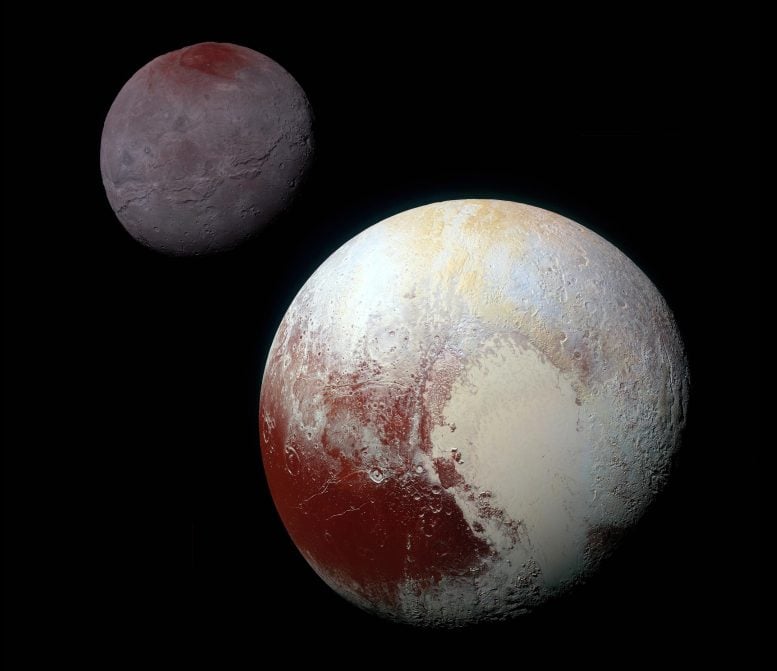


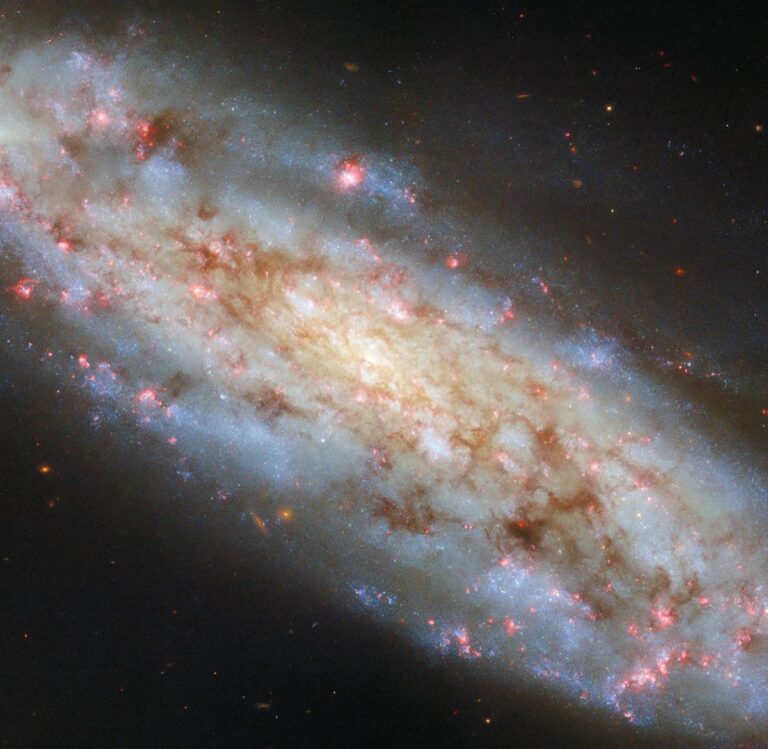

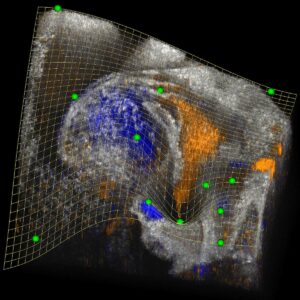
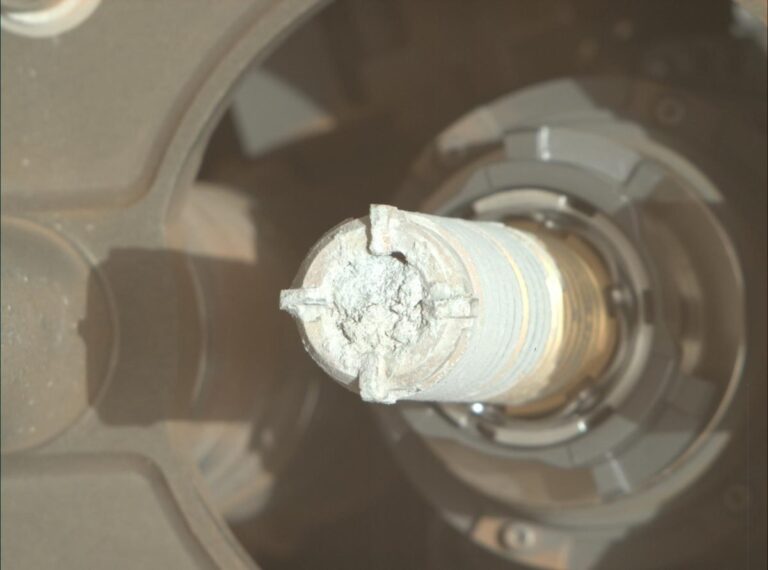
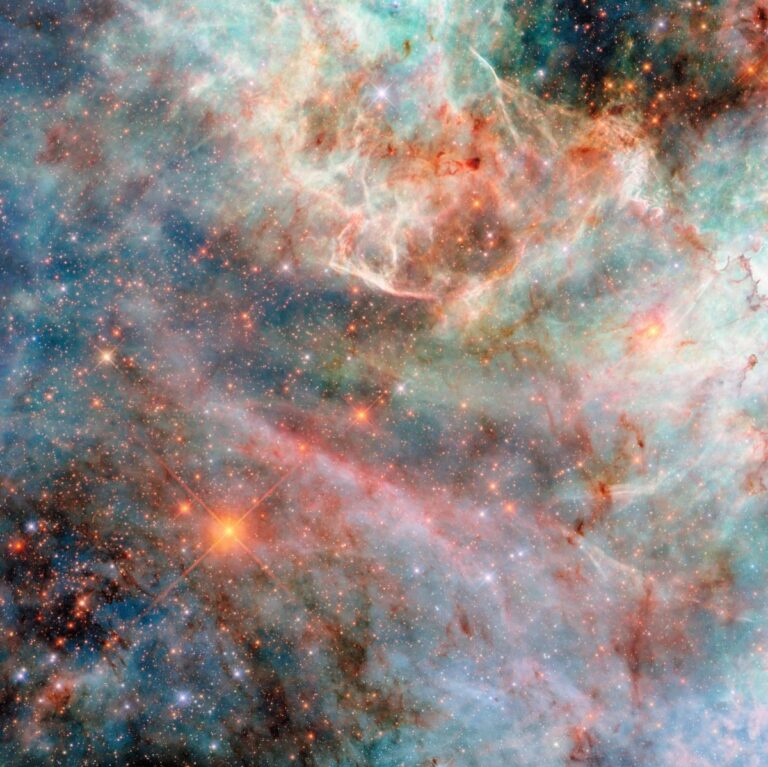

+ There are no comments
Add yours